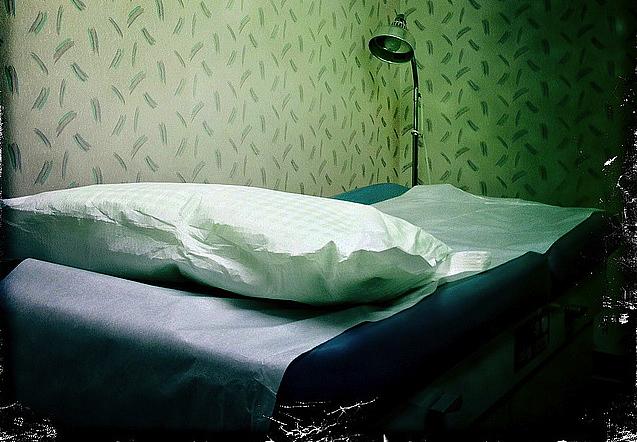Health Centers outperform private docs; Lessons can be learned from safety nets

A recent study in the American Journal of Preventive Medicine found that Federally Qualified Health Centers and similar clinics that service mostly Medicaid recipients and the uninsured may be offering better care than private practices. The researchers went into the project thinking FQHCs would likely fare worse on quality measures than private practices.
The study looked at information from more than 31,000 patient visits in the 2006–2008 National Ambulatory Medical Care Survey. It is the first to compare how the FQHC’s and similar clinics stack up against private practice primary care offices in chronic disease and preventive care.
Eighteen quality measures were included that fell into four categories: medication management of chronic diseases; prevention; appropriate use of screening tests; and appropriate medication prescribing for elderly patients. What researchers found was that FQHCs and look-alikes performed better on six measures and the same on 11 others. They lagged on one: diet and counseling of at-risk adolescents.
Unlike the researchers, Dr. Gary Wiltz, CEO of Teche Action Clinics, a group of seven FQHCs located throughout Louisiana, was not surprised by the results. “We are the best-kept secret out there,” he said. “We get stereotyped and people think FQHCs are for poor people. But we are the largest primary care provider in the nation.”
FQHCs and look-alikes (clinics that are similar to FQHC’s but aren’t designated by the federal government as such) are the nation’s safety net providing care to more than 20 million patients. According to the study, 85 percent of FQHC’s and look-alikes’ patients are either Medicaid recipients or uninsured. They are also more likely to be obese, depressed and live in zip codes with high poverty rates.
The patients tend to have more complex, chronic health issues than those visiting private practices. And the cost of care at FQHCs is also lower. According to the California Primary Care Association, the average annual cost per patient is $455 at community health centers and $657 for office-based practices. Medicaid beneficiaries who visit the health centers cost states about 30 percent less for care than those who go to other doctors.
So how do they do it? All part of their hidden secret, Wiltz said. He has been working at FQHCs for 40 years and said that early in his tenure, their funding was based on volume – the more patients they treated, the more money they received – much like private-practice care today.
But things changed, and they began getting paid according to clinical quality. To receive funding, FQHCs have stringent reporting requirements and are expecd to make a difference in areas like chronic disease management, smoking cessation and weight loss.
They learned how to do this during a mandated participation in a health disparities collaborative in the 1990s, he said. They used a chronic care model where they looked at their populations, focused on diseases like diabetes, and figured out how to prevent and manage it in their patients.
They also know how to work with available resources. If a diabetic patient comes in, they pay a fixed fee and have access to a nutritionist, discounted pharmaceuticals and free- and reduced-priced glucometers and test strips.
“We have to set standards and quality improvement and we have a performance improvement committee,” he said. “We have tickler systems that reminds us if a diabetic has had their annual eye or foot exam; it is engrained in our systems. We are not perfect, but we’ve been indoctrinated to do these things.”
Questions to think about when researching FQHCs include:
- How will the Affordable Care Act impact the organizations? The law allocated $11 billion to expand operations and build new structures. What about the Supreme Court’s overturning of the mandatory Medicaid expansion?
- FQHCs are busting at the seams. How will they grow their workforce to keep up with demand? What are the workforce needs at your local organizations? What is the uptake on the National Health Service Corps, which provides loan repayment to medical students who work in FQHCs?
- What can medical homes and accountable care organizations learn from the FQHC model?
Image by Tom Hart via Flickr

